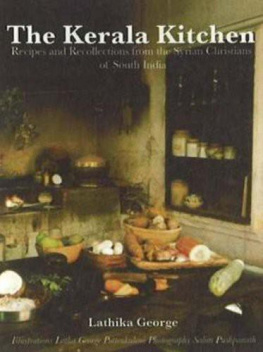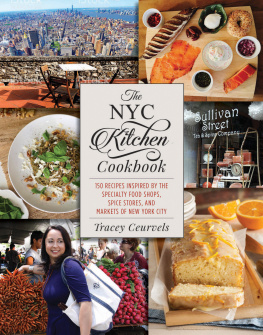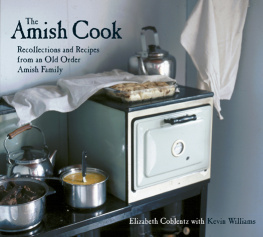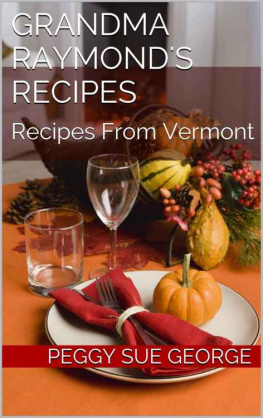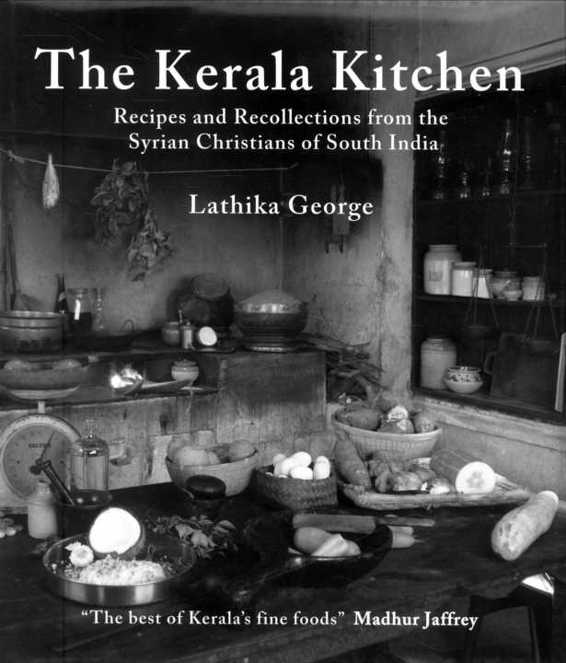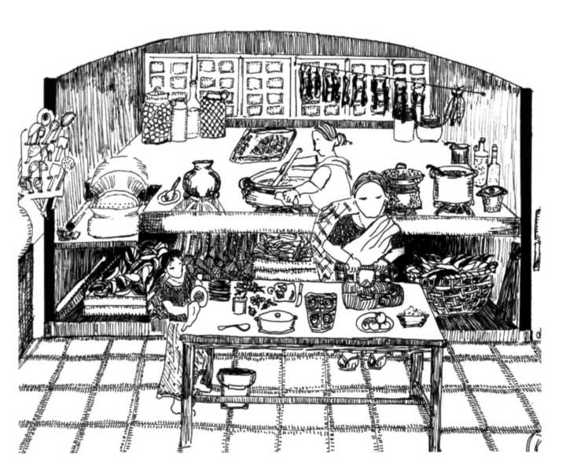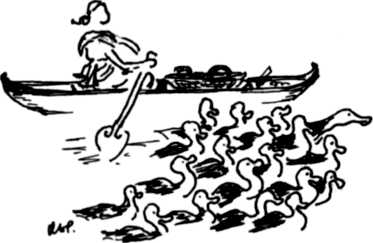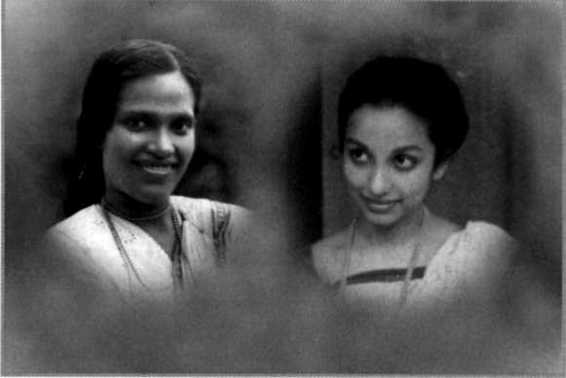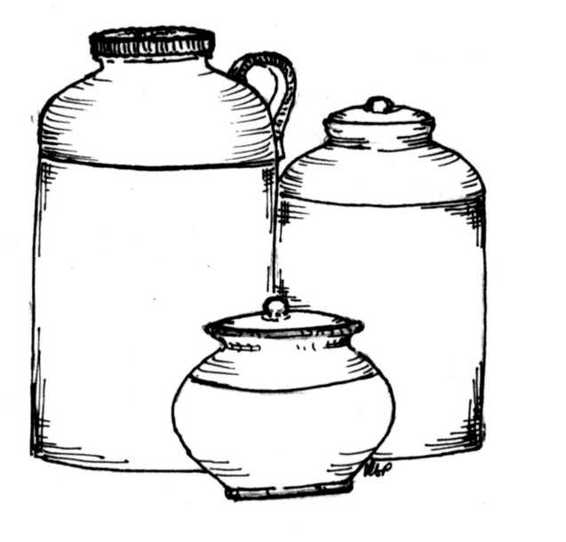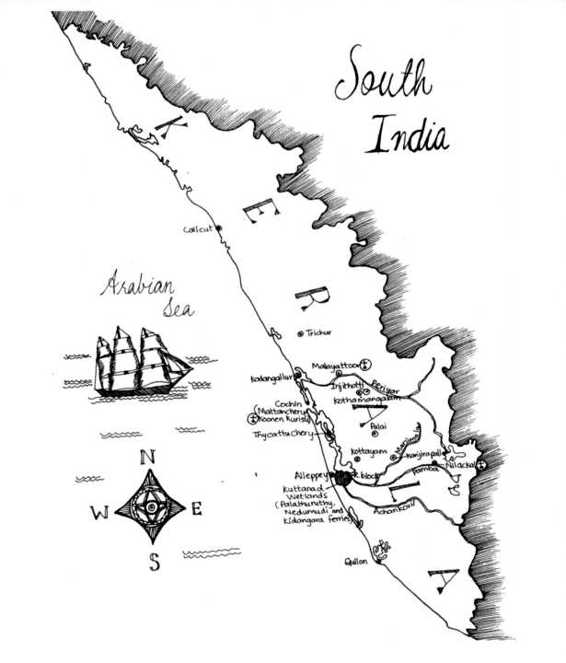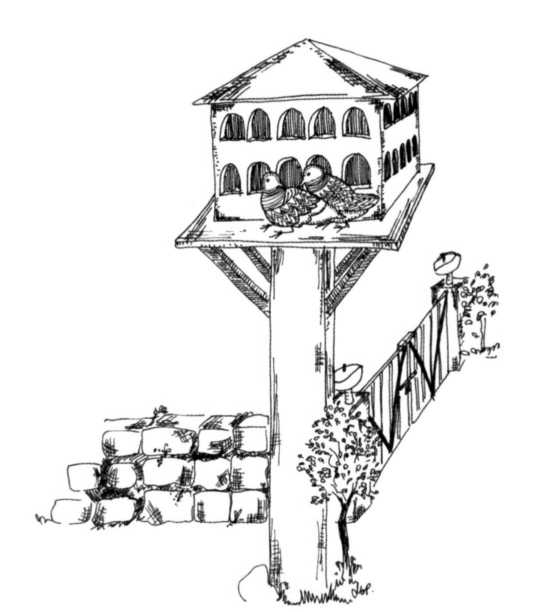THE HIPPOCRENE COOKBOOK LIBRARY

Lathika George
Illustrations by Latha George Pottenkulam






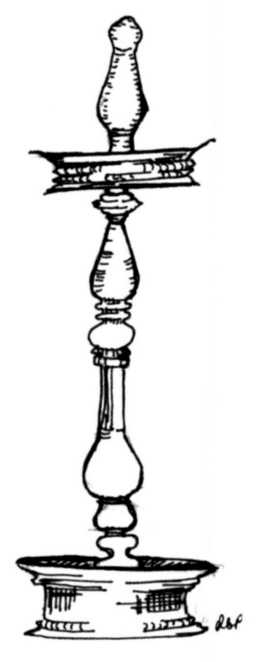
For my mother Thangamma and my sister Shashi
Long before the time of Christ, the lure of spices took traders and seafarers to the verdant coast of Kerala on the southern tip of India. The port of Cranganore was bustling with Greeks, Arabs, Syrians, Jews, and Chinese merchants who lived in harmony with the people of the region. It was on one of these trading vessels, plying between Alexandria and the Malabar Coast, that Saint Thomas the Apostle is believed to have arrived in AD 52. He eventually established one of the oldest surviving Christian communities in the world, the Syrian Christians of Kerala.
The present-day Syrian Christians are a distinct community with deep roots in the culture and culinary traditions of their forefathers. The cuisine truly embodies the ethos of Kerala and its people: drawing upon the various cultures that have influenced them, it fully exploits the bounty of Kerala. Meals are a celebration of the spices, herbs, seafood, meats, pulses, grains, nuts, and every edible leaf and seed that grows in this fertile land. Through the centuries, mothers have taught their daughters how to use herbs and spices with just the right blend, so that they enhance the essential flavor of the main ingredients without overpowering them.
Though I grew up in Bombay, I was introduced to the food of my Syrian Christian ancestors at an early age. My mother, Thangamma, like most mothers around the world, believed that the strongest bonds between children and their culture are forged through food and the preparation of meals. To ensure that we kept in touch with our Malayali roots, we were raised on a diet of Puttu (Steamed Rice Cake), Meen Vevichathu (Fish Curry simmered in a clay pot), Erachi Olathiathu (Stir-fried Beef), and other staple Syrian Christian dishes. As few Malayali ingredients were available in grocery stores in Bombay, the trucks from Kerala that supplied foam-rubber sheets to our family's rubber-manufacturing factory in Bombay also brought fresh supplies of parboiled red rice, plantains, bananas, tapioca, rice flour, and palaharams (sweet and savory snacks). One year, in her enthusiasm for authentic produce, my mother even raised a patch of red country rice in our backyard in suburban Bombay.
Summer vacations spent visiting the extended family in Kerala would strengthen these bonds even further. Each year we spent a month travelling through the lush countryside, starting from Cochin to the old seaport of Allepey then on to the backwaters of Kuttanad. From there we would proceed to Kottayam and then up the hills to the rubber estates in Kanjirapally. These journeys were punctuated by stops at little teashops, picnic lunches by the river, and memorable feasts at family homes. We returned to Bombay replete with new experiences and memories of delicious food cooked in smoky country hearths.
There are moments that stay with you forever, evoked by the foods we prepare, dishes which recall the stories that grew around their enjoyment. My mother was a great storyteller. Tales of family intrigues and events in Kerala were accompanied by recipes, fables, and songs, all part of her repertoire of bedtime stories. Often she would bring out her old harmonium and sing to us in her low, well-modulated voice, trained as she was in classical Carnatic music. Dwarves and angels, talking doves, cloistered nuns, and traveling chefs featured in her stories and songs and the line between reality and fiction was often blurred. To this day, my sister Latha and I reminisceRemember that story, was that real?
In ?he Kerala Kitchen, I have interspersed a variety of colorful stories among the recipes. Some of these tales come from my mother and others are my memories of journeys into the backwaters and plantations which gave birth to our family. Through them, I aspire to portray the cultural and culinary riches of this ancient community-the Syrian Christians of Kerala.
A Brief History
The thriving town ofMuchiri where the beautiful large ships of the Yavanas (Greeks), bringing gold, come splashing the white foam on the waters of the Periyar, which belongs to to the Cherala (Kings of Kerala) and return laden with pepper ...
-Tamil poet Erakkadur Thyankannar
Long before the time of Christ, spice merchants and travelers from around the world would visit Kerala. The important seaport of Muziris or Cranganore was populated with Greeks, Syrians, Jews, and Chinese traders who lived in harmony with the people of the region. It was on one of these trading vessels, plying between Alexandria and the Malabar Coast, that Saint Thomas the Apostle is believed to have arrived in Cranganore in AD 52. He began preaching the Gospel to the people of these areas, and eventually established churches in Cranganore, Paravoor, Palur, Kokka- mangalam, Niranam, Malayatoor, and Nillackel. Among those early conversions were several Nam- boodiri Brahmin families, from whom many of the present-day Syrian Christians trace their roots.

